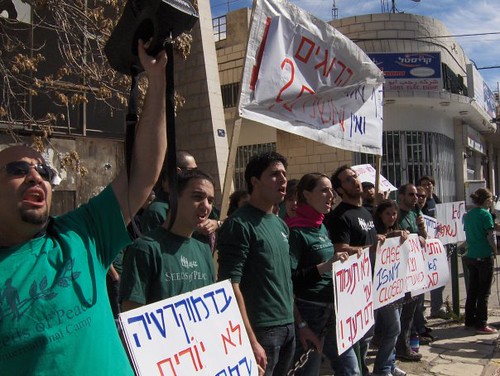What is Hamas? The group that rules the Gaza Strip has fought several rounds of war with Israel
Middle East #MiddleEast

Comment on this storyComment
BEIRUT — Hamas, which has ruled the Gaza Strip since 2007, launched an attack inside Israel over the weekend, killing hundreds and taking others hostage. Its unprecedented breach of the border sent fighters inside border communities and military installations, shocked Israel and its allies, and raised questions about the group’s capabilities and strategy.
The group was founded in 1987 by Sheikh Ahmed Yassin, a Palestinian refugee living in Gaza, during the first intifada, or uprising, which was marked by widespread protests against Israel’s occupation.
Hamas is the Arabic acronym for the Islamic Resistance Movement, and a recognition of the group’s roots and early ties to one of the Sunni world’s most prominent groups, the Muslim Brotherhood, founded in Egypt in the 1920s.
The group has vowed to annihilate Israel and has been responsible for many suicide bombings and other deadly attacks on civilians and Israeli soldiers.
The U.S. State Department has designated Hamas a terrorist group in 1997. The European Union and other Western countries also consider it a terrorist organization.
Hamas won 2006 parliamentary elections elections and in 2007 violently seized control of the Gaza Strip from the internationally recognized Palestinian Authority. The Palestinian Authority, dominated by rival Fatah movement, administers semi-autonomous areas of the Israeli-occupied West Bank.
Israel responded to the Hamas takeover with a blockade on Gaza, restricting movement of people and goods in and out of the territory in a step it says is needed to keep the group from developing weapons. The blockade has ravaged Gaza’s economy, and Palestinians accuse Israel of collective punishment.
Over the years, Hamas received backing from Arab countries, such as Qatar and Turkey. Recently, it’s moved closer to Iran and its allies.
Hamas founder and spiritual leader Yassin — a paralyzed man who used a wheelchair — spent years in Israeli prisons and oversaw the establishment of Hamas’ military wing, which carried out its first suicide attack in 1993.
Israeli forces have targeted Hamas leaders throughout the years, killing Yassin in 2004.
Khaled Mashaal, an exiled Hamas member who survived an earlier Israeli assassination attempt, became the group’s leader soon after.
Yehia Sinwar, in Gaza, and Ismail Haniyeh, who lives in exile, are Hamas’ current leaders. They realigned the group’s leadership with Iran and its allies, including Lebanon’s Hezbollah. Since then, many of the group’s leaders relocated to Beirut.
Hamas has always espoused violence as a means to liberate occupied Palestinian territories and has called for the annihilation of Israel.
Hamas has carried out suicide bombings and over the years fired tens of thousands of increasingly powerful rockets from Gaza into Israel. It also established a network of tunnels running from Gaza to Egypt to smuggle in weapons, as well as attack tunnels burrowing into Israel.
In recent years, Hamas had appeared to be more focused on running Gaza than attacking Israel.
In recent years, Israel has made peace deals with Arab countries without having to make concessions in its conflict with the Palestinians. The U.S. has recently been trying to broker a deal between Israel and Saudi Arabia, a bitter rival of Hamas’ Iranian backers.
Meanwhile, Israel’s new far-right government was working to cement Israeli settlements in the West Bank despite Palestinian opposition.
Hamas leaders say an Israeli crackdown on militants in the West Bank, continued construction of settlements — which the international community considers to be illegal — thousands of prisoners in Israeli jails, and its ongoing blockade of Gaza pushed it to attack.
Its leaders say hundreds of its 40,000 fighters took part in the assault. Israel says the group has about 30,000 fighters and an arsenal of rockets, including some with a range of about 250 kilometers (155 miles), and unmanned drones.